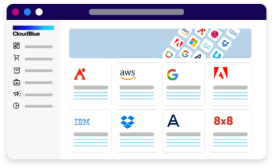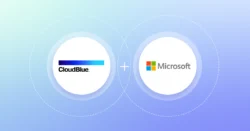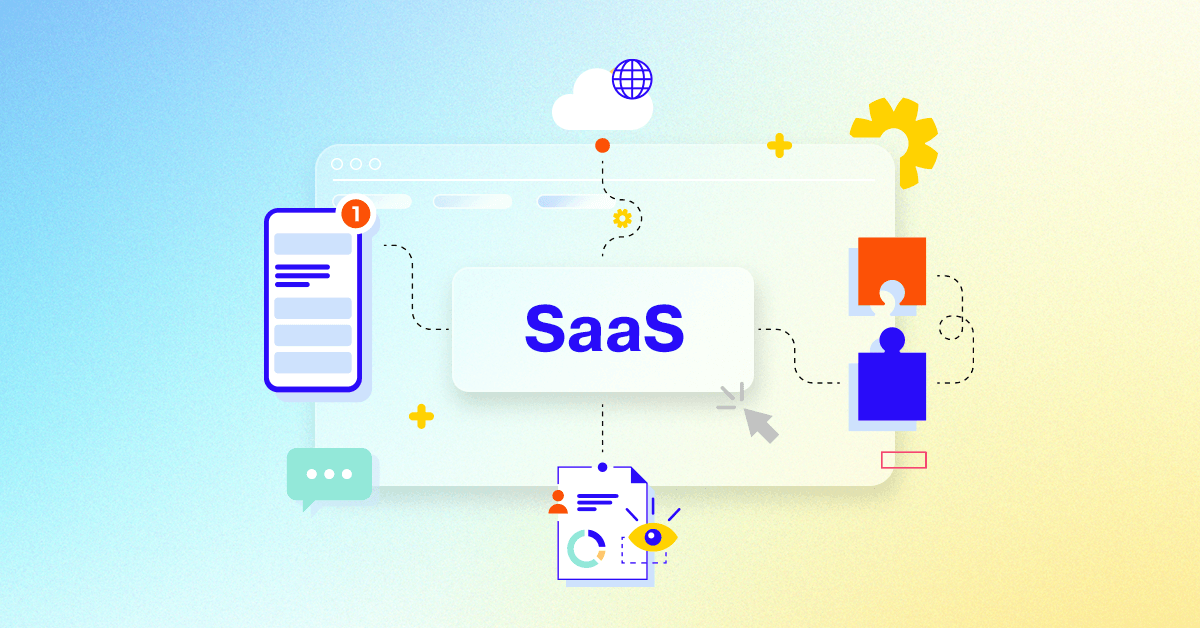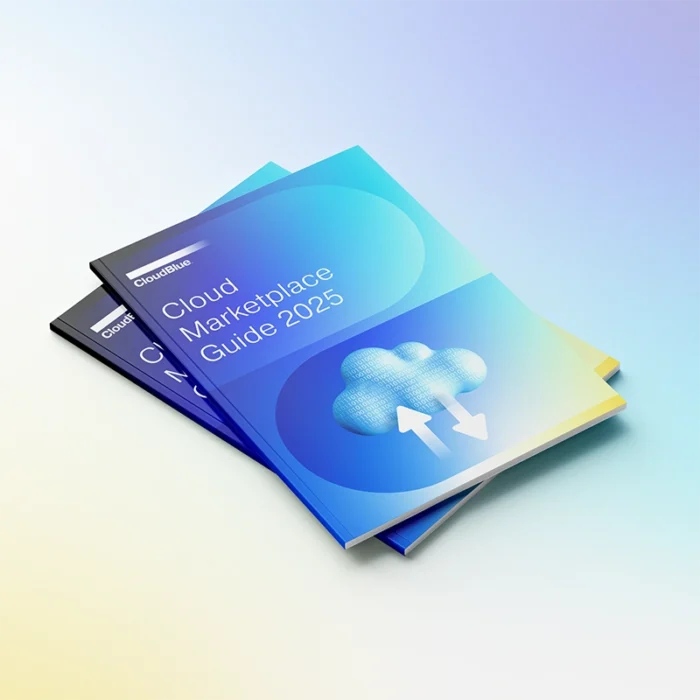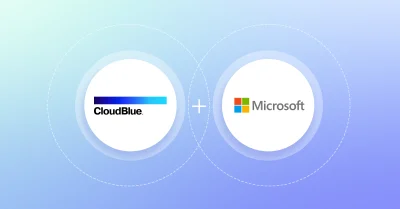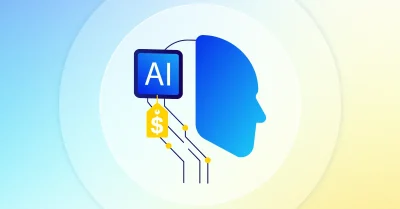Define Software as a Service (SaaS)
SaaS stands for “Software as a Service.” It is a software delivery model in which a software application is hosted by a third-party provider and made available to customers over the internet, as a service charged for on a subscription basis. Customers can access the software anywhere, without the need to install or maintain it on their own computers or servers.
SaaS is one of three main categories of cloud computing, alongside Infrastructure as a Service (IaaS) and Platform as a Service (PaaS). Examples of SaaS include email, customer relationship management (CRM), and enterprise resource planning (ERP) software.
Why is SaaS important?
SaaS products are important because they allows users to access software applications from any location with an internet connection. This makes it possible for users to work from anywhere, at any time, which is beneficial for businesses that have employees working remotely, or in different locations.
Another important aspect is that SaaS eliminates the need for businesses to install and maintain software on their own servers or devices, removing a barrier to entry in terms of cost. This can be especially beneficial for small and medium-sized businesses that may not have the resources or expertise to manage their own software infrastructure outside of the Cloud.
SaaS providers are responsible for maintaining and updating the software, which is vital for users, who will always have access to the latest features and security patches. This eliminates the need for businesses to spend time and resources on installing, configuring, and maintaining software, which can be a significant advantage.
SaaS products are highly scalable and allow businesses to easily add or remove users as needed. This scalability is built into the architecture of SaaS, as it typically uses a multitenant architecture where multiple customers share the same infrastructure and resources. This means that as more users are added, the system can automatically scale to accommodate the increased demand.
Scalability is important for businesses because it allows them to grow and adapt to changing needs without having to invest in new hardware or software. This can be especially beneficial for small and medium-sized businesses that may not have the resources to invest in expensive infrastructure.
SaaS providers often offer different pricing plans, allowing businesses to choose a plan that best fits their current needs and budget. As their business grows, they can easily upgrade to a plan that accommodates more users.
What is Multitenant Architecture in SaaS?
Multitenancy is an architecture in which a single instance of a software application serves multiple customers, which are known as tenants. Each tenant has their own unique data and configurations, but all tenants share the same codebase and infrastructure.
In SaaS, multitenancy allows the provider to host multiple customers on a single, shared infrastructure, which can be beneficial for both the provider and the customer. It enables the provider to spread costs across multiple users, resulting in lower costs for the customers. It also allows the provider to make updates and bug fixes to the software without affecting the individual tenants, resulting in higher uptime and less need for maintenance and updates.
The multitenant architecture is designed in such a way that the data and configurations of one tenant are isolated and secured from other tenants. This is achieved by using a combination of virtualization, sandboxing, and access control mechanisms.
What are SaaS platforms?
SaaS platforms are software applications hosted by a third-party provider and made available to customers over the internet. Some examples of SaaS platforms include:
- CRM (customer relationship management) software: Salesforce, HubSpot, Zoho.
- Productivity software: Microsoft Office 365, Google Workspace, Slack.
- HR software: ADP, Workday, Gusto.
- Marketing software: Hootsuite, MailChimp, Pardot.
- Project management software: Asana, Trello, Jira.
- E-commerce software: Shopify, BigCommerce, Magento.
- Cloud marketplace platforms: CloudBlue SaaS.
- Accounting software: QuickBooks, Xero, Wave.
- Inventory management software: TradeGecko, DEAR Inventory, TradeSimple
- Business Intelligence tools: Tableau, Power BI, Looker
- Communication and Collaboration tools : Zoom, Skype, Webex
These are just a few examples of the many different types of SaaS platforms that are available. SaaS platforms can be customized to meet the specific needs of different industries and businesses, and many providers offer various pricing plans to suit different budgets.
What are further characteristics of a SaaS product?
Some further characteristics of SaaS (Software as a Service) include:
- Subscription-based pricing: SaaS providers typically charge customers on a subscription basis, rather than requiring them to purchase a perpetual license.
- Automatic updates: SaaS providers are responsible for maintaining and updating their software, which means that users always have access to the latest features and security patches.
- Scalability: SaaS is highly scalable, making it easy for businesses to add or remove users as needed.
- Flexibility: SaaS is highly flexible, allowing businesses to choose the software and services that best meet their needs and is paid for by subscription models, ensuring control of cost.
- Security: SaaS providers are responsible for ensuring that their software is secure, and often have dedicated security teams and protocols in place to protect user data.
- Data Backup and Recovery: SaaS providers are responsible for handling and maintaining the backup and recovery of user data.
- Support: SaaS providers typically provide support and customer service to their users via customer support teams or online documentation.
- Integration: SaaS platforms are often designed to integrate with other software and services, such as those provided by other SaaS providers, or with on-premises software and hardware.
What is the future of SaaS?
The future of SaaS (Software as a Service) looks bright, as it is projected to continue to grow in popularity and market share in the coming years. In fact, IT spend for many SMBs is expected to reach almost $1.5 trillion in 2023, most of which will be spent on SaaS products. Some trends and developments that are expected to shape the future of SaaS include:
- Adoption of SaaS by large enterprises: As SaaS becomes more mature and reliable, it is expected that more large enterprises will adopt SaaS solutions, particularly for mission-critical applications.
- Increased focus on security and compliance: With the increasing amount of sensitive data being stored in the cloud, SaaS providers will need to focus on providing robust security and compliance features to meet the needs of their customers.
- Artificial Intelligence (AI) and Machine Learning (ML) integration: With the advancements in AI and ML, SaaS providers will start integrating these technologies into their platforms, providing more intelligent and automated features for their customers.
- Integration and customization options: SaaS providers will continue to develop new features and capabilities that allow customers to integrate their SaaS solutions with other software and services and customize them to meet their specific needs.
- Use of Microservices: SaaS providers will start to break down their applications into smaller, loosely coupled microservices that can be independently deployed and scaled, resulting in more flexible and efficient SaaS solutions.
- Emphasis on user experience (UX): With the increasing competition in the SaaS market, providers will need to focus on providing the best possible user experience to attract and retain customers.
The future of SaaS looks promising with a wide range of new possibilities and opportunities that will continue to shape the way businesses operate and interact with technology.

